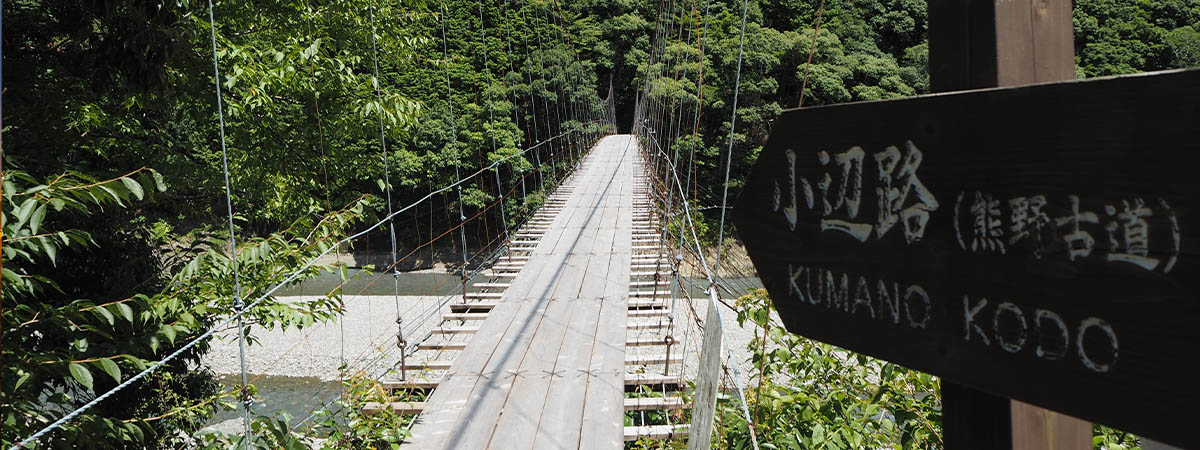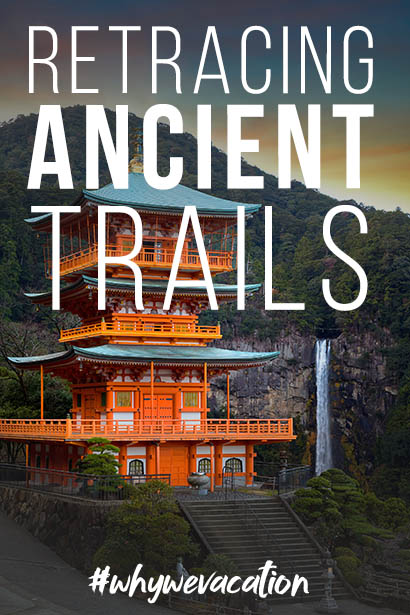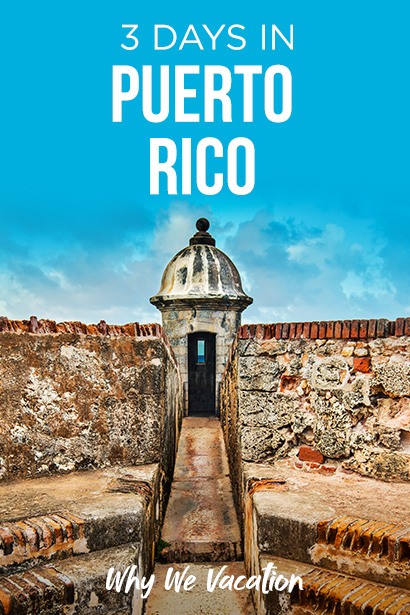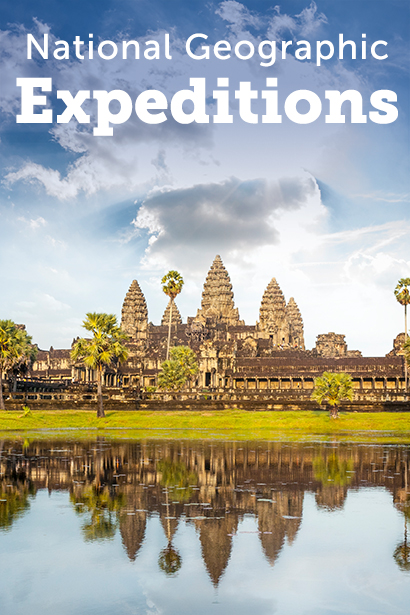

RETRACING ANCIENT TRAILS

Nikofuchi waterfall, Kochi, Japan
Nevertheless, as the home of the most crowded city in the world, Japan often conjures images quite contrary to inner peace and relaxation. But Japan is not all neon-drenched alleys and swarming city intersections. In fact, these busy urban areas account for less than 20% of Japan’s geography; the majority is verdant rolling countryside and mountainous forest—the kinds of tranquil landscapes that birthed Shinrin-yoku to begin with.

Hotaka mountains, Karasawa in Autumn
Walk on the Wild Side
Scale the mammoth Mt Fuji or visit the nearby hot-springs town of Hakone, relaxing with a boat ride on Lake Ashi or appreciating dazzling bird’s eye views by cable car. Explore countless hiking trails crisscrossing the alpine scenery of Kamikochi within the majestic wilderness of Nagano Prefecture. Walk amongst thousand-year-old yakusugi trees in the UNESCO-designated Yakushima forest, go canyoning in Okutama or visit Daisetsuzan, Japan’s largest national park in Hokkaido. The options are abundant.
If you’re torn between the historical sites of the bigger cities and the allure of remote outdoor exploits, Japan boasts a distinct experience which is an astounding mix of both—an industrial dose of shinrin-yoku reserved for the most ambitious explorers. Read on to discover two of Japan’s legendary pilgrimage routes and peek inside the kind of rogue adventure far beyond conventional tours. A blend of stunning natural scenery and captivating ancient history, this is an immersive dive into the heart of Japanese tradition.

The Onigajo rocks were once believed to be the dwellings of demons
Kumano Kodo, Kii Peninsula
Deep in the lush mountains of Japan’s Kii peninsula, a blazing orange Torii towers over a valley of seemingly infinite layers of gradient blue peaks. The gate marks the entrance to the Kumano Nachi Taisha Grand Shrine, one of the most famous sites of the Kumano Kodo Pilgrimage. A series of ancient trails weaving through the lush terrain of Japan’s Wakayama prefecture, the Kumano Kodo is one of only two UNESCO-recognized pilgrimage routes in the world.
Once reserved for Japan’s Heian-era aristocracy, the sacred route dates back more than a thousand years, when emperors and samurai would embark on weeks-long journeys from as far as Kyoto. In total, the Kumano Kodo comprises seven distinct trails with hundreds of shrines and religious sites. Some are nestled in moss-carpeted cedar forests beyond age-worn wooden bridges and magical trickling streams; an enchanting cross between the California Redwoods and a Miyazaki scene. Others are sprawling complexes punctuated by wide-open spaces and breathtaking mountain views.
Nakahechia—the imperial route running from Tanabe City to Shingu—is a six-hour hike passing three principle shrines: Kumano Hongu Taisha, home to the world’s largest Shinto Torii; the expansive squares of Kumano Hayatama Taisha; and the finale of Kumano Nachi Taisha with its striking vermillion pagoda backed by the prismatic mist of Japan’s highest waterfall. Each route holds its own mysterious surprise. You could walk through the woods for an entire day without seeing another person, then suddenly stumble upon a group of locals in traditional Heian-era kimonos, hobbling up the Daimonzaka cobblestone path.
Best of all, your itinerary is highly customizable. You could choose the especially arduous Kohechi route and camp along the way. Alternatively, you could choose to go easy by utilizing plentiful public transit from Tanabe and enjoying overnight stays in luxurious traditional inns called ryokan, relaxing in steaming natural springs and devouring authentic kaiseki-style meals to recharge before the next day’s excursion.

Nikofuchi waterfall, Kochi, Japan
Shikokuhenro Pilgrimage, Shikoku Island
“Ohenro san!” is a phrase heard frequently on Shikoku island, an affectionate greeting for hikers of the famous Shikoku Henro trail. Unlike most pilgrimage trails, the purpose of Shikoku Henro is not about reaching one ultimate destination, but embarking on the journey itself. The circular route winds through all four prefectures of the beautiful Shikoku Island, meandering through hillside rice paddies, over rushing streams and mossy rocks, between towering cedar trees surrounded in thick mountain fog and past expansive coastal panoramas. The circuit links 88 official temples and 20 sacred sites, both urban and extremely remote.
The full expedition, covering more than 740 miles, can take up to six weeks or longer to complete in its entirety. Many visitors choose portions of the trail instead, traveling by a combination of train, bus, foot and car. “There is no right or wrong way” is the local mantra. The path of the pilgrimage follows in the footsteps of Japan’s most famous philosopher—the Buddhist Monk Kukai or Kobo-Daishi, recognized in Japan as the legendary founder of the Shingon school of Buddhism—on his path of self-discovery and enlightenment. Donning traditional white robes and conical sedge hats, hikers of all religions and nationalities are easily spotted to be welcomed with osettai, a practice where locals show hospitality by providing small gifts, home-cooked meals and even lodging as a gesture of support for those embarking on the sacred journey.
The traditional route begins at the majestic Ryozen-ji (temple 1), snaking through clouds of mist around the Kanchogataki waterfall in the Tokushima Prefecture, crossing dedicated walking bridges suspended over tranquil rivers and through dense subtropical jungle trails. See the striking crimson and gold façade of Anraku-ji (temple 6), discover the intricate woodwork at Kokubun-ji (temple 29), and soak up dramatic coastal views of the Pacific Ocean at Zenjibu-ji (temple 32). Inhale the crisp mountain air atop Kongofuku-ji (temple 38), marvel at a 400-foot-wide sand sculpture at Kannon-ji (temple 69) and gaze up at the five-story-high pagoda at Zentsu-ji (temple 75).
From opulent temples to desolate beaches and bustling markets, Shikoku Henro is the common thread in the diverse tapestry of landscapes on Shikoku Island. Along the way, the path shifts from dirt trails to wooden walkways, stone bridges and old village roads, with opportunities to relax at steaming baths like Dogo Onsen—the oldest hot springs in Japan—and devour Michelin-starred cuisine in Matsuyama. This isn’t an ordinary hike, it’s an immersive experience: a self-led walking tour through incredible natural scenery, an outdoor museum of ancient art and mind-bending architecture, and a master’s class in Japanese culture for all those adventurous enough to seek it.
To plan your journey to Japan, contact your travel professional today.



